Columns
Promoting climate-responsive buildings
Many building designs in Nepal fail to meet the thermal safety needs of women, children and elderly.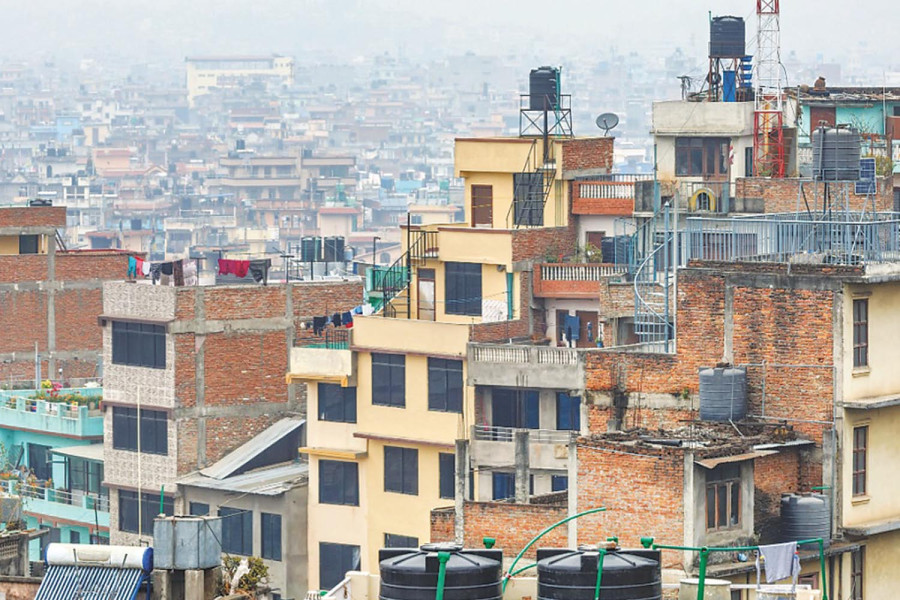
Usha Maskey Manandhar
As climate change accelerates, the intense impacts on our built environments are becoming increasingly evident. Hot seasons are becoming warmer, and the frequency, intensity and duration of heat and cold waves are increasing. Rising temperatures, prolonged heatwaves and more intense cold seasons are not just global issues—they are deeply felt in local communities, with varying consequences across different demographic groups. While most of us have experienced these changes in the external environment, it’s easy to overlook how they manifest within the walls of our homes and workplaces.
A performance study of a building in Kathmandu, conducted in 2024 by a project aimed at developing low-carbon, resource-efficient construction, BUILDING Energy Efficiency in Nepal (BEEN), revealed that the difference between outdoor and indoor temperatures in buildings is significant—about 2.5 degrees Celsius inside. This means that on a mild temperature of 23 degrees Celsius outside, the temperature indoors could soar to 25.5 degrees Celsius. But what happens in the summer or hotter regions like Nepalgunj, where summer temperatures regularly surpass 40 degrees Celsius, or in the winter or colder regions? How do the intense heat and cold affect the people inside these buildings?
Studies show that people spend as much as 85-90 percent of their time indoors, and this statistic varies depending on occupation and country. For many, this means daily exposure to uncomfortable indoor conditions, whether too hot or too cold. Thermal safety for people either due to prolonged exposure to heat or cold within the buildings is compromised primarily due to designs that do not consider local climatic conditions.
The disproportionate impact
The impacts of extreme temperatures are not felt equally across all populations. In fact, the vulnerable—especially children, the elderly and people with disabilities—suffer the most. According to a 2015 WHO report, heat-related deaths among the elderly (65+ years) in Nepal are projected to rise significantly by 2080, with a sharp increase in the frequency and severity of heatwaves. This trend is alarming, as these populations often have a limited ability to adapt or protect themselves.
The disparities are also gendered. Despite efforts to transform gender roles, women still bear the primary responsibilities for kitchen tasks. Often the warmest spaces in households, kitchens have an additional 2.5 degrees Celsius temperature in a warm region like Nepalgunj, largely affecting women.
The impact of climate on buildings is not limited to discomfort. Extreme temperatures can have serious health consequences for vulnerable groups. A study, “Cold hands, warm heart,” by The Lancet, shows that women have a higher core body temperature than men, making them more susceptible to heat-related illnesses. This vulnerability is more pronounced during pregnancy, with exposure to extreme heat linked to higher risks of preterm birth, stillbirth, fetal harm and other complications.
The design of buildings plays a crucial role in mitigating these risks. Yet, many building designs in Nepal fail to account for the thermal safety needs of women, children and the elderly. Poor ventilation, inadequate insulation, and a lack of access to affordable cooling and heating solutions exacerbate these challenges.
The growing demand for cooling and heating solutions is also exacerbating social inequalities. In urban areas like Delhi, wealthier households’ increased use of air conditioning has contributed to the urban heat island effect, making the city even hotter at night. For those who cannot afford air conditioning or cooling solutions, the effects are even more severe. This trend is likely to spread to Nepal, where the import of air conditioning units has soared by 43.62 percent in recent years. The poor pay a higher price for the comforts that wealthier individuals pursue.
Similarly, the economic impacts of climate change are stark. Women, especially home-based workers, are among the hardest hit. A 2017-18 labour force survey in Nepal revealed that approximately 1.36 million people work from home, with 75 percent women of them being women. Rising temperatures have led to reduced productivity, with over 40 percent of female home-based workers reporting decreased work hours and earnings. Some women saw their output drop by as much as 30 percent, reflecting the disproportionate economic burden that inappropriate building design coupled with climate extremes place on women and poorer households.
A GESI-Lens in building design
Studies and experiences in the Nepali context demonstrate that appropriate and climate-responsive building design can substantially reduce thermally discomfort hours inside buildings. There is also an opportunity to include gender and social inclusion (GESI) perspectives while we seek solutions, particularly in designing buildings in countries like Nepal, where socio-economic disparities are pronounced.
It is imperative to initiate discourse on how to design homes and workplaces that protect the most vulnerable from the harmful effects of extreme temperatures and consider their specific needs based on gender, age, disability and income. Promoting inclusive policies and gender-sensitive measures in building codes and design practices is essential to addressing the impacts of climate change on buildings.




 10.12°C Kathmandu
10.12°C Kathmandu
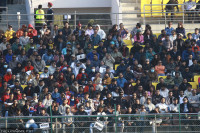
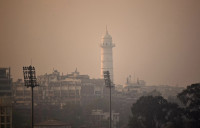




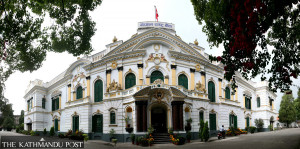
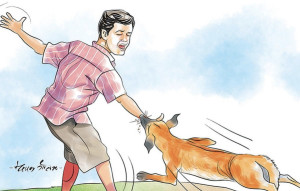


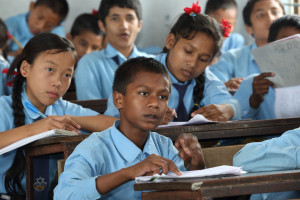


%20(1).jpg&w=300&height=200)

